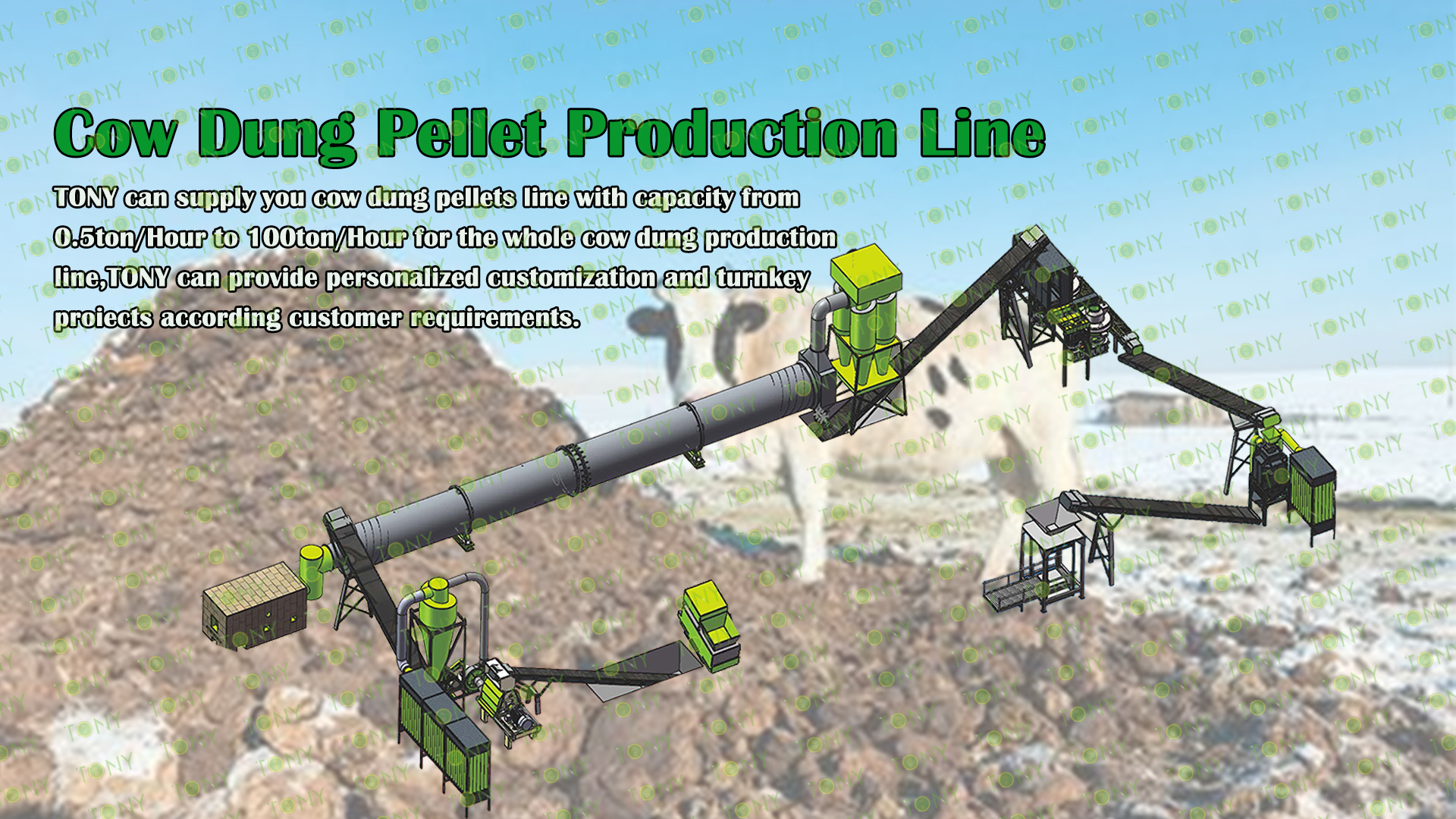
TONY Design Cow Dung Production Line Specification
If cow dung is left in nature without management, it will cause many harms, mainly including the following aspects:
1. Environmental Pollution
Air Pollution: If cow dung accumulates in the natural environment, a large amount of harmful gases will be produced due to the decomposition by microorganisms. For example, ammonia and hydrogen sulfide will be released. Ammonia has a pungent odor and will have a negative impact on the surrounding air quality, causing people to feel uncomfortable, such as irritation to the eyes and respiratory tract. Hydrogen sulfide is a highly toxic gas. It has the smell of rotten eggs at low concentrations, and at high concentrations, it can cause olfactory paralysis in humans. It will cause serious damage to the human nervous system and respiratory system.
Water Pollution: Organic substances, pathogens and other substances in cow dung can easily enter water bodies under the influence of rainwater erosion or other means. For instance, when nutrients such as nitrogen and phosphorus in cow dung enter lakes and rivers, eutrophication of water bodies will occur. This leads to a large reproduction of plankton such as algae in the water, further resulting in the deterioration of water quality and a decrease in the dissolved oxygen in the water body, which causes a large number of deaths of aquatic organisms such as fish. Meanwhile, pathogens such as Escherichia coli and Salmonella that may be carried in cow dung will also pollute water bodies and spread diseases, posing a threat to the health of humans and livestock.
Soil Pollution: Although cow dung itself contains certain nutrients, excessive accumulation of cow dung will change the physical and chemical properties of the soil. For example, it will make the soil less permeable to air because the accumulation and compaction of cow dung will block the air from entering the soil pores. Moreover, a large amount of cow dung will lead to the accumulation of salts in the soil, affecting the normal activities of soil microorganisms. If cow dung contains heavy metals (for example, when cows consume contaminated feed and accumulate heavy metals in their bodies), these heavy metals will also accumulate in the soil, causing heavy metal pollution in the soil and being transmitted to other organisms through the food chain.
2. Disease Transmissio
Cow dung contains a large number of pathogenic microorganisms, such as bacteria, viruses and parasite eggs. For example, Brucella can exist in cow dung. This pathogen can cause brucellosis in humans, and the symptoms include fever, excessive sweating and joint pain, seriously affecting human health. There is also Cryptosporidium, a parasite that can cause diarrhea in humans and animals. Its oocysts can contaminate the environment through cow dung and then infect other animals and humans. In addition, Mycobacterium bovis may also be transmitted through cow dung. Once infected, it will cause damage to the lungs and other organs of animals and humans.
3. Impact On Aesthetics And Public Health
In rural areas or around livestock farms, if cow dung is randomly piled up, it will make the environment dirty, messy and unpleasant. This not only affects the aesthetic appearance of the living environment of the surrounding residents but also breeds a large number of pests such as flies and mosquitoes. Flies can lay eggs and reproduce on cow dung and then spread germs everywhere. Mosquitoes may spread diseases such as malaria and deng(should be "dengue fever" in correct spelling), posing a serious threat to public health.
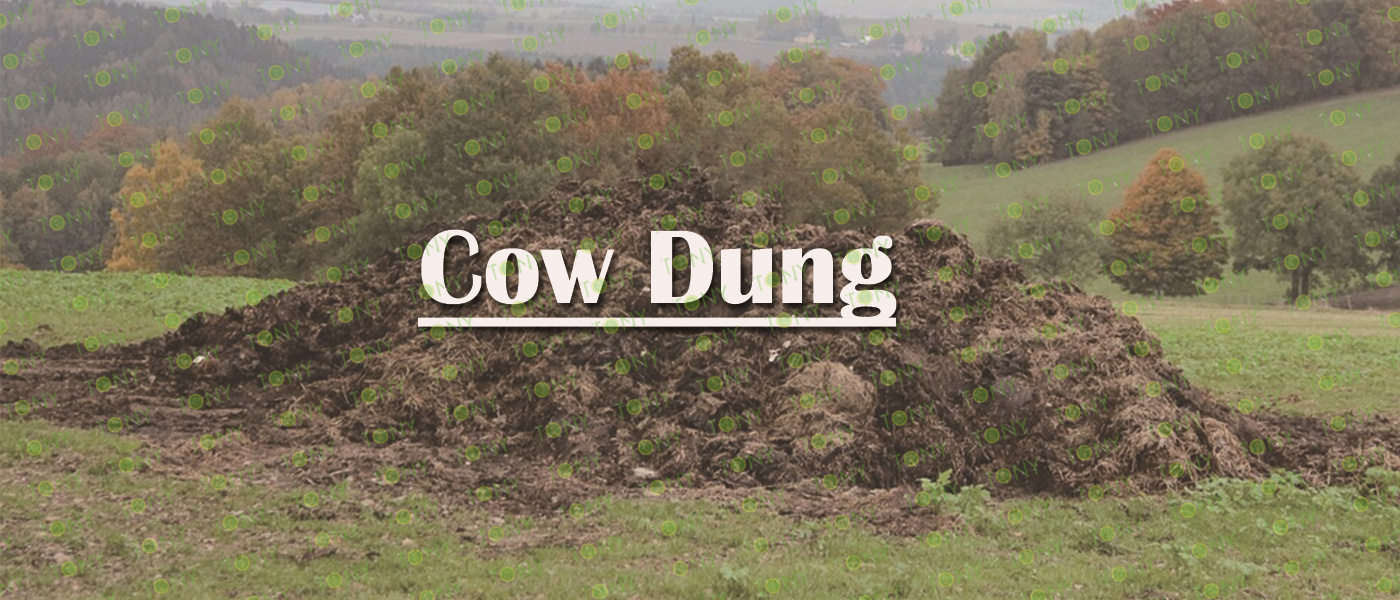
Cow Dung can be recycled in a variety of ways, ranging from simple reuse to complex chemical treatment. Here are some of the main recycling methods:
Production Of Organic Fertilizer
Composting Method: By controlling the conditions of composting, such as temperature, humidity and ventilation, cow dung can be transformed into a highly efficient organic fertilizer. Cow dung is mixed and piled up with other organic materials like straw and leaves in a certain proportion, and turned regularly to ensure sufficient oxygen supply inside the compost. Generally, it takes several weeks to several months for the cow dung to be fully decomposed. The decomposed cow dung fertilizer has a more balanced nutrient composition and a long-lasting fertilization effect, and is suitable for the cultivation of various crops.
Vermicomposting Method: Earthworms are used to decompose cow dung to make fertilizer. In a suitable container or site, cow dung and earthworms are placed together. The earthworms will consume the cow dung and convert it into nutrient-rich vermicompost. Vermicompost has fine particles, loose structure, is rich in humus and microorganisms, and has good air permeability and water retention properties. It is a high-quality fertilizer for flowers and vegetables.
2.Production Of Fuel Pellets
Cow dung fuel can be used not only for energy purposes such as heating and power generation, but also the ash left after combustion can serve as a high-quality fertilizer. This ash contains abundant nutrients such as potassium and phosphorus. When applied to farmland, it can improve soil fertility and promote the growth of crops. For example, in some rural areas, after using cow dung pellet fuel for heating, the ash produced is spread on the farmland, which can achieve a good fertilization effect, realizing the organic combination of energy utilization and agricultural production.
3. Production Of Silage Feed
Cow dung is mixed with other silage raw materials (such as corn stalks, forage grass, etc.), and after silage treatment, it can be used as feed for ruminant animals (such as cattle and sheep). During the silage process, microbial fermentation will create an acidic environment, which can inhibit the growth of harmful microorganisms and preserve the nutritional components of the feed. However, this utilization method requires strict control of the quality and treatment process of cow dung to ensure the safety and nutritional value of the feed.

The main reasons for using cow dung to make pellets include the following aspects:
1. Abundant Resources And Low Cost: Cow manure is a common agricultural waste that can be found almost everywhere. Processing it into pellet fuel can effectively utilize this resource, reduce costs, and solve the problem of cow dung disposal.
2. Environmental Protection: Cow dung pellet fuel is a kind of biomass fuel, which produces less pollutants during the combustion process and meets environmental protection requirements. For example, in the Qinghai-Tibet Plateau, cow dung pellet fuel can replace coal, reducing coal transportation costs and environmental pollution.
3. High Combustion Efficiency: The processed cow dung pellet fuel has a longer burning time and higher combustion efficiency. For example, the improved cow dung fuel combustion time can be extended by nearly fifty minutes, and it is cleaner and more convenient.
4. Wide Range Of Applications: Cow dung pellets can not only be used as fuel, but can also be processed into organic fertilizer for agricultural production. Cow dung granular fertilizer is rich in organic matter and various nutrients, which can improve soil structure and promote crop growth.
5. Significant Economic Benefits: Processing cow dung into pellet fuel or organic fertilizer can bring significant economic benefits. For example, using cow dung as raw material to produce edible fungi can reduce production costs and increase output and economic benefits.
To sum up, using cow dung as pellets not only solves the problem of cow dung disposal, but also brings many benefits to environmental protection, economy and agriculture.
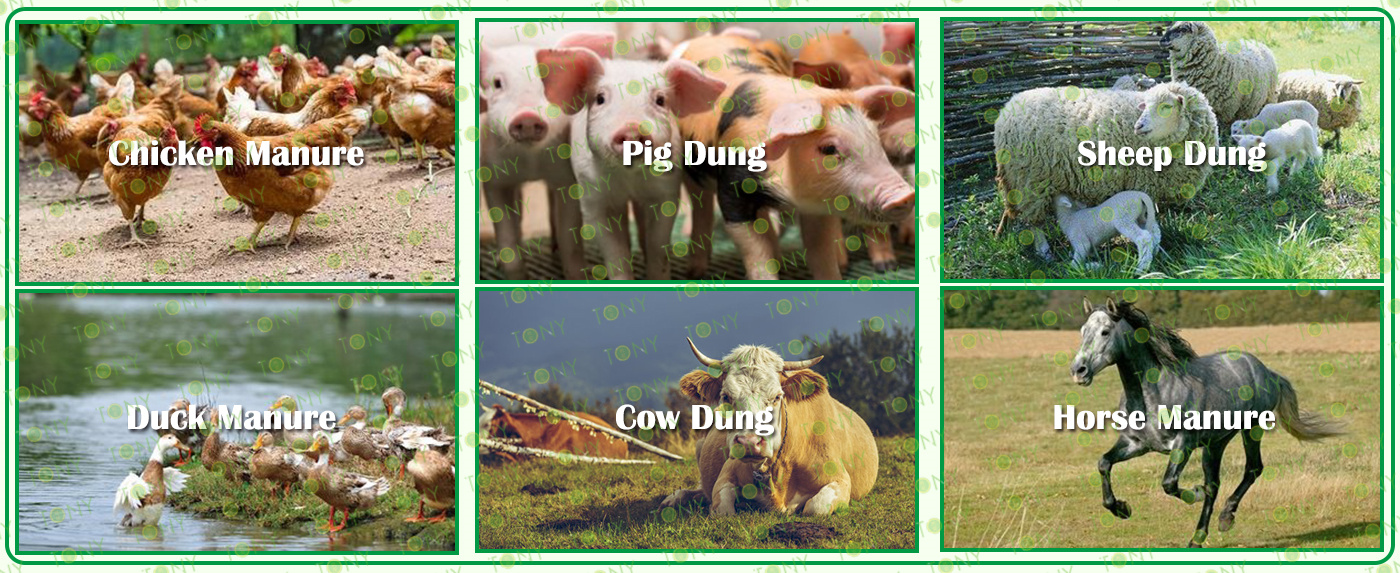

The benefits of using cow dung as granular fertilizer mainly include the following aspects:
1. Improve Soil Fertility: Cow dung granules are rich in organic matter and various nutrients, such as nitrogen, phosphorus, potassium, etc., which can effectively improve the physical, chemical and biological properties of the soil, increase soil fertility, and promote the growth of crops.
2. Improve Soil Structure: The organic matter in cow dung granules can increase the fluffiness of the soil, improve the soil structure, improve the permeability and water retention of the soil, and is conducive to the growth and development of crops.
Promote crop growth: Cow dung granules provide rich nutrients and microorganisms, which can promote the growth and development of crops and improve yield and quality.
3. Environmentally Friendly And Pollution-Free: Cow dung granules are a natural organic fertilizer, pollution-free, will not cause any harm to the soil and crops, and meet environmental protection requirements.
4. Easy To Use: Cow dung granules are not easy to float, easy to store, transport and apply, and easy to use.
Good stability: After fermentation and compression, the organic matter in cow dung granules has good stability, is not easy to rot and volatilize, and is conducive to long-term use.
5. Significant Effect: Cow dung pellets are rich in nutrients and have a rapid and obvious effect. They can effectively improve soil fertility and promote crop growth, and increase yield and quality.
6. Economic Benefits: By processing cow dung into organic fertilizer pellets, it can not only reduce environmental pollution, but also create economic value. It is a sustainable way to utilize agricultural resources.


Making granules from cow dung has a high economic value. Specifically:
Large Market Demand:
With the rise of organic agriculture, the demand for cow dung as a high-quality organic fertilizer continues to increase, especially in the fields of green food and organic vegetables.
Low Cost:
The output of cow dung is large, the cost of raw materials is low, and the cost of production equipment for processing into organic fertilizer is relatively low compared to other agricultural projects.
Policy Support:
The state's support policy for agriculture has brought a good development environment for the cow dung organic fertilizer industry.
In summary, making granular organic fertilizer from cow dung has a high economic value and is a direction worth considering for entrepreneurs.








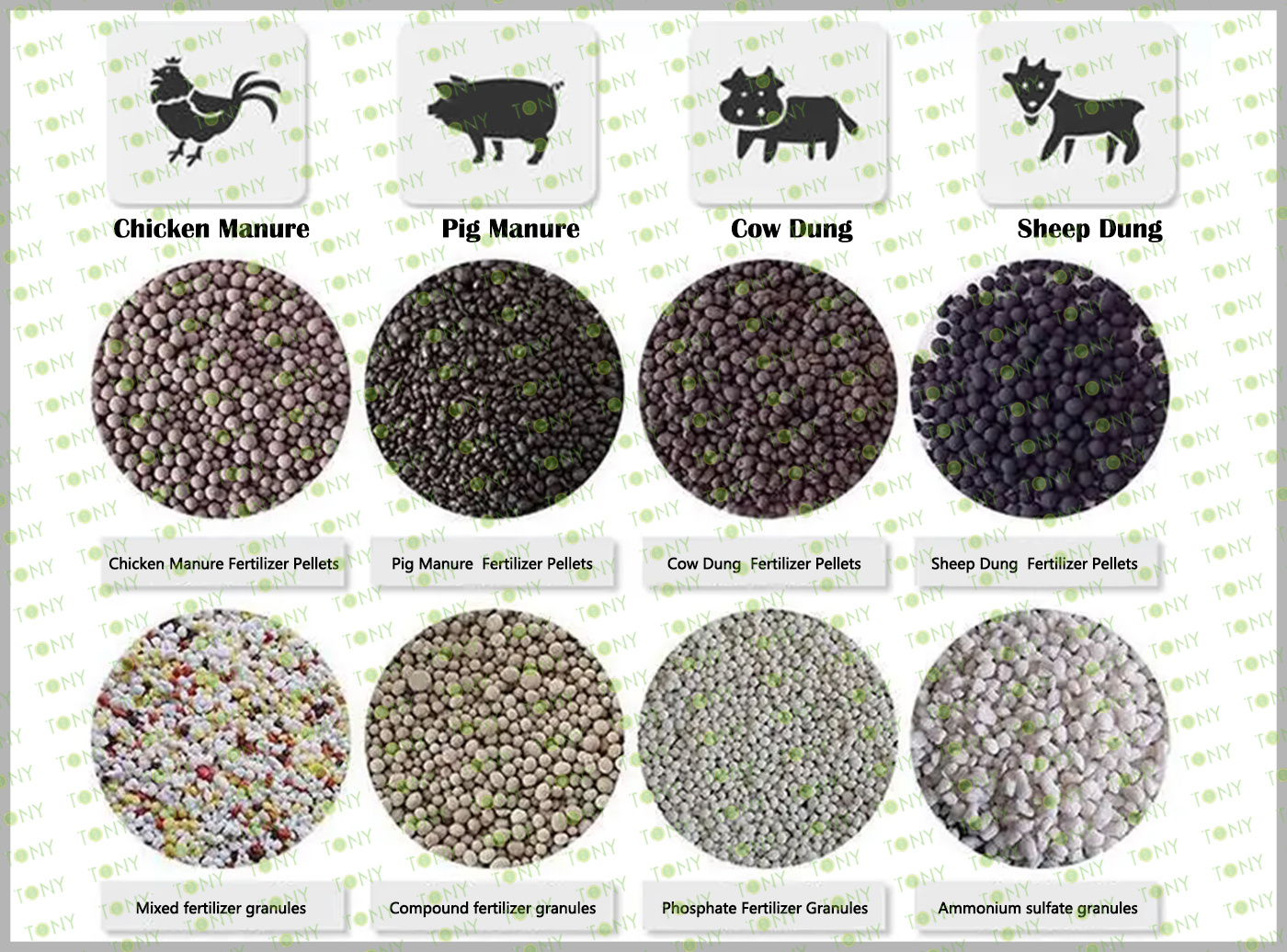

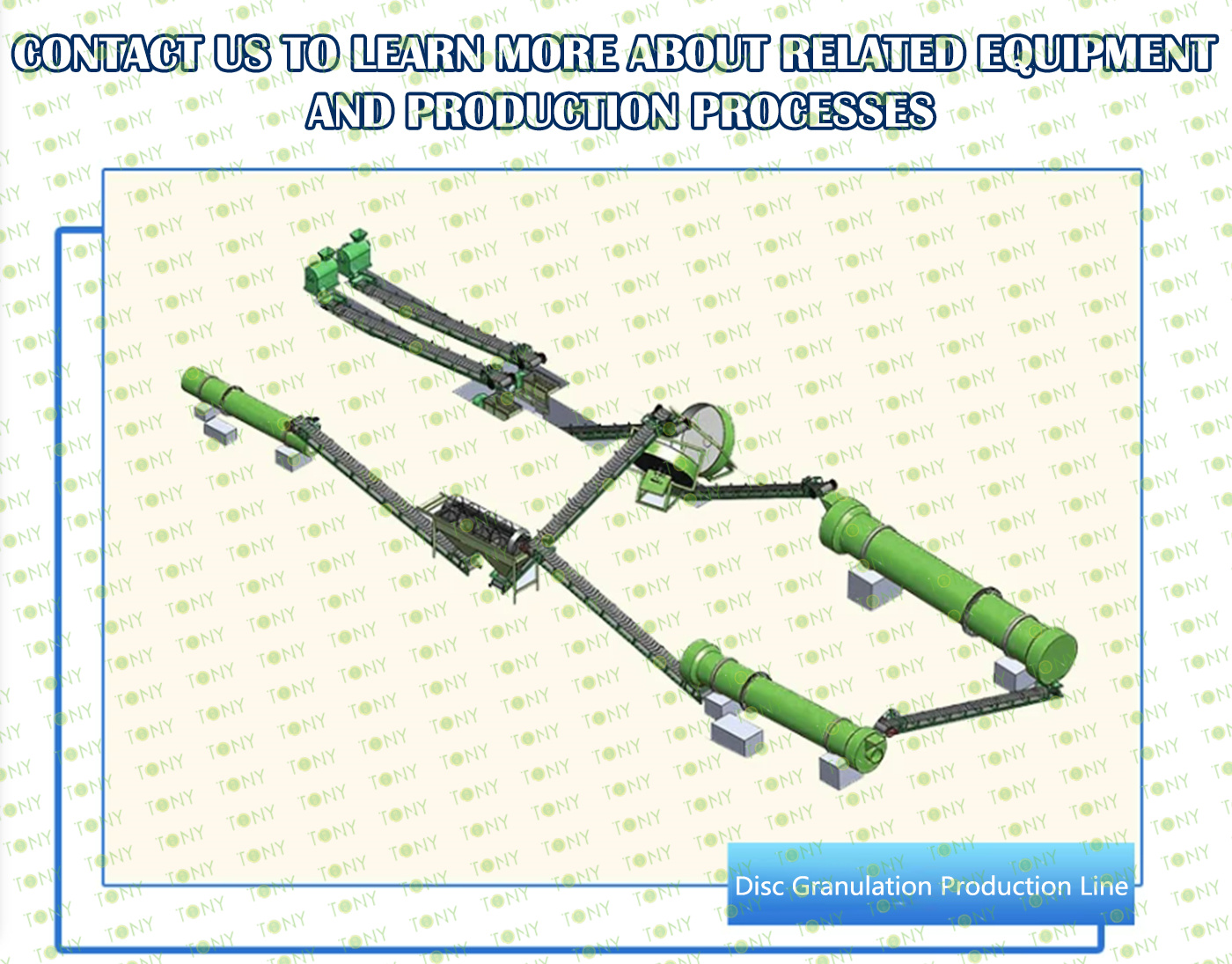





The process of making granular organic fertilizer with cow dung includes the following steps:
1. Fermentation And Decomposition: Mix cow dung with auxiliary materials such as straw and hay, control the moisture content to about 65%, sprinkle aerobic fermentation bacteria, use a fermentation compost turner or mixer to turn the compost regularly to ensure that the materials are fully fermented and decomposed, and the fermentation cycle is about 10-15 days.
2.Material Crushing: The fermented and decomposed materials are crushed by a semi-wet material crusher to obtain fine powder with uniform particle size.
3. Batching And Mixing: According to production requirements, the fine powder is mixed with auxiliary materials such as trace elements, humic acid, clay, etc., and mixed evenly using a horizontal or vertical mixer.
4. Granulation: The mixed materials are granulated using equipment such as a disc granulator, a stirring tooth granulator or a new type of stirring tooth and stock three-combination granulator, and the granular organic fertilizer that meets the requirements is obtained by adjusting the parameters of the granulator.
5. Drying and cooling: The granulated particles are sent to the dryer for drying to remove excess moisture, and then the dried particles are cooled by a cooler to ensure their stability and storage time.
6. Screening : The dried and cooled particles are screened again by a drum screening machine to remove unqualified particles
7.Coating :The process is to coat qualified cow dung pellets to increase the brightness and roundness of the pellets. After coating, cow dung pellets can prevent agglomeration of particles, protect nutrients in organic fertilizers, improve crop yield and quality, and reduce pollution to the environment
How to use TONY pellet line to proceed from Cow Dung into pellets?
It mainly contains the following steps and machines as following:
1.To Use TONY fermentation flipping machine Ferment the material.
2.To Use TONY Hammer Mill To Crush Fermented materials.
3.To Use TONY blender to mix the ingredients with other nutrients.
4.To Use TONY granulator to Granulate.
5.To Use TONY dryer for drying and a cooler for cooling.
6.To Use TONY screening machine Removal of impurities
7.To Use TONY Coating machine to coat qualified cow dung pellets to increase the brightness and roundness of the pellets

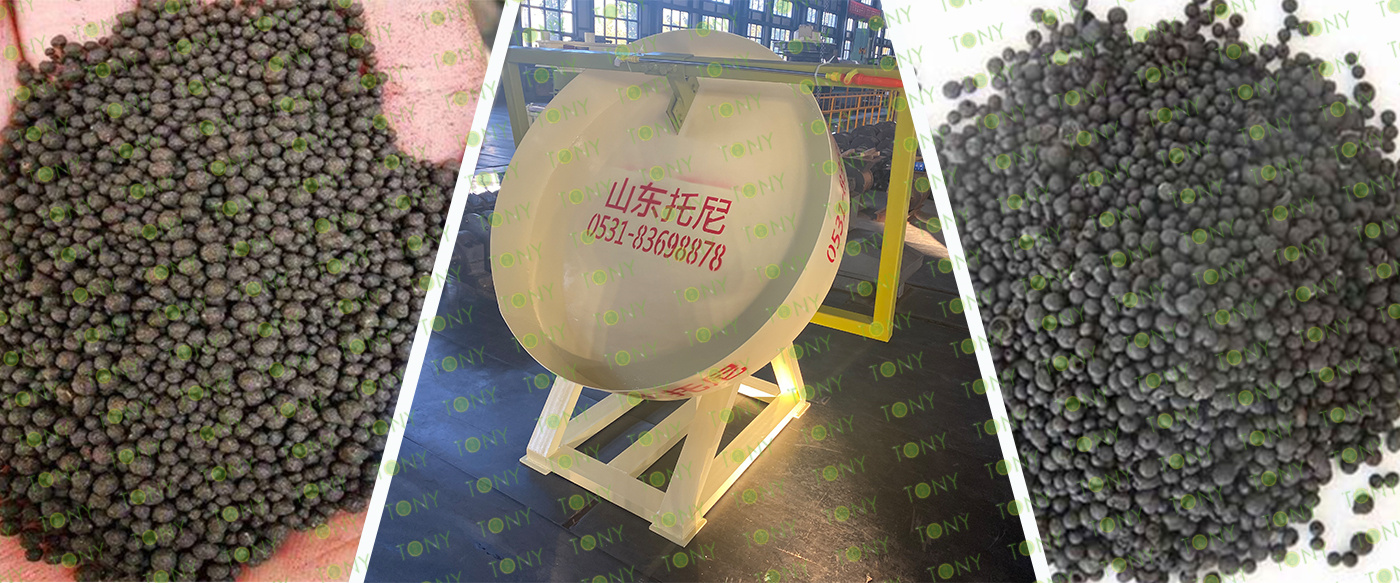
Following TONY Will Introduce For You For All The Necessary Macchinery That Will Be Used For The Whole Pellet Production Line. Some machines Can Be Custom Made By Customer According To Different Customer's Detailed Demand.Contact TONY For More Details With Quotation And Layout.
 |
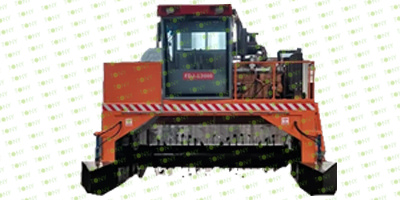 |
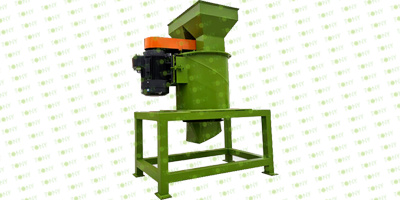 |
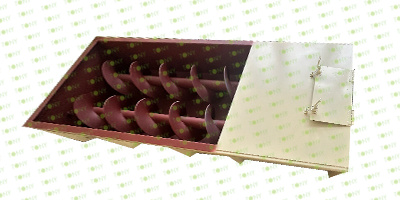 |
| Cow Dung Dehydrator | Fermentation Turning Machine | Semi-Wet Material Crusher | Blender |
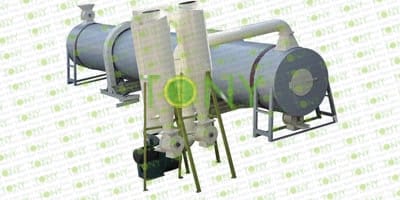 |
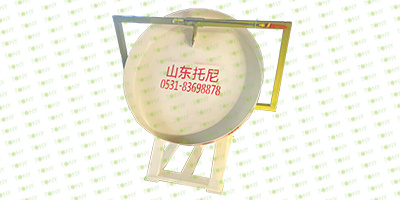 |
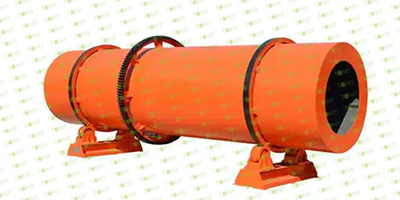 |
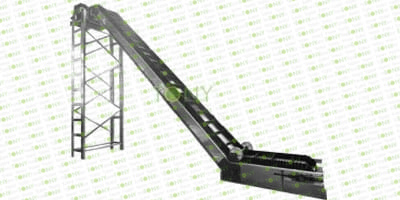 |
| Drum Dryer | Disc Pelleting Machine | Film Coating Machine | Belt Conveyor |

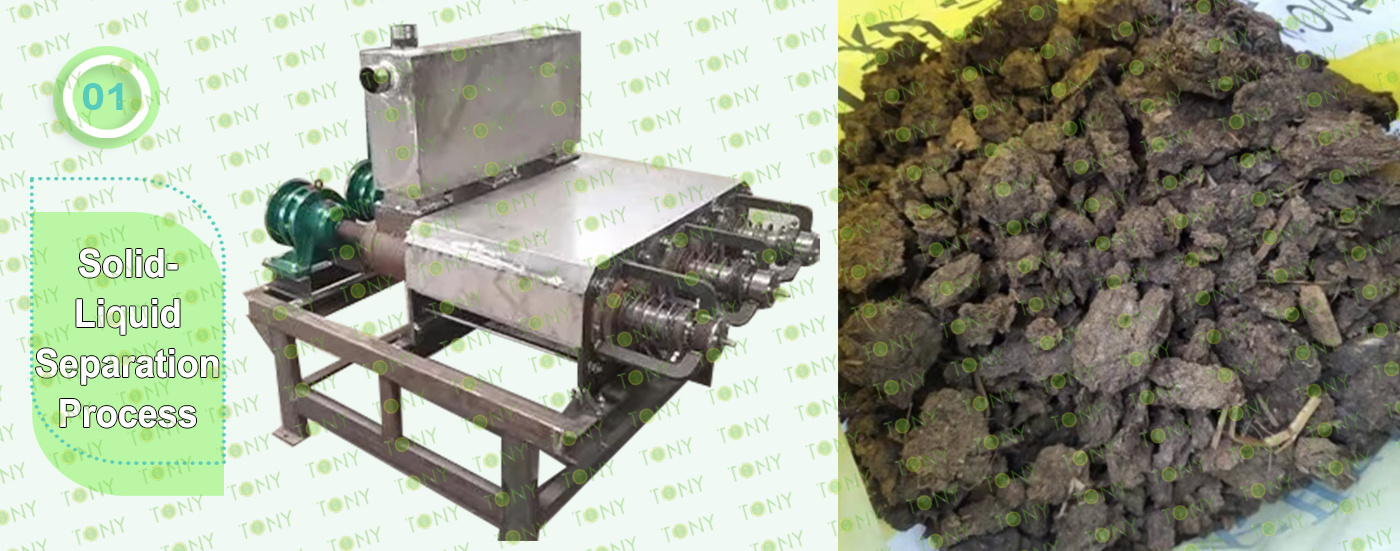
The dehydration process of the cow dung processor is divided into two stages
The first stage is solid-liquid separation. After the liquid cow dung is pumped into the equipment, the spiral dragon first filters out most of the water, and the cow dung is concentrated to a solid state, preparing for the second stage of pressing.
The second stage is squeezing and dehydration. The solid cow dung enters the second stage for pressing. Under the squeezing action of the high-pressure spiral dragon, the water content of the cow dung is reduced to about 60%.


Add straw, branches, mushroom residue and other auxiliary materials to livestock and poultry manure in a ratio of 7:3, and adjust the carbon-nitrogen ratio and water content. Then sprinkle aerobic fermentation bacteria and let it ferment for about 25-45 days. During the fermentation process, the pile should be turned according to the temperature changes. It is recommended to use a compost turning machine to save labor costs and improve fermentation efficiency.


| After 25-45 days of fermentation, the livestock manure becomes gray-brown and odorless. Large lumps, bones, pebbles, etc. in the material can be crushed using a vertical high-humidity material crusher. |

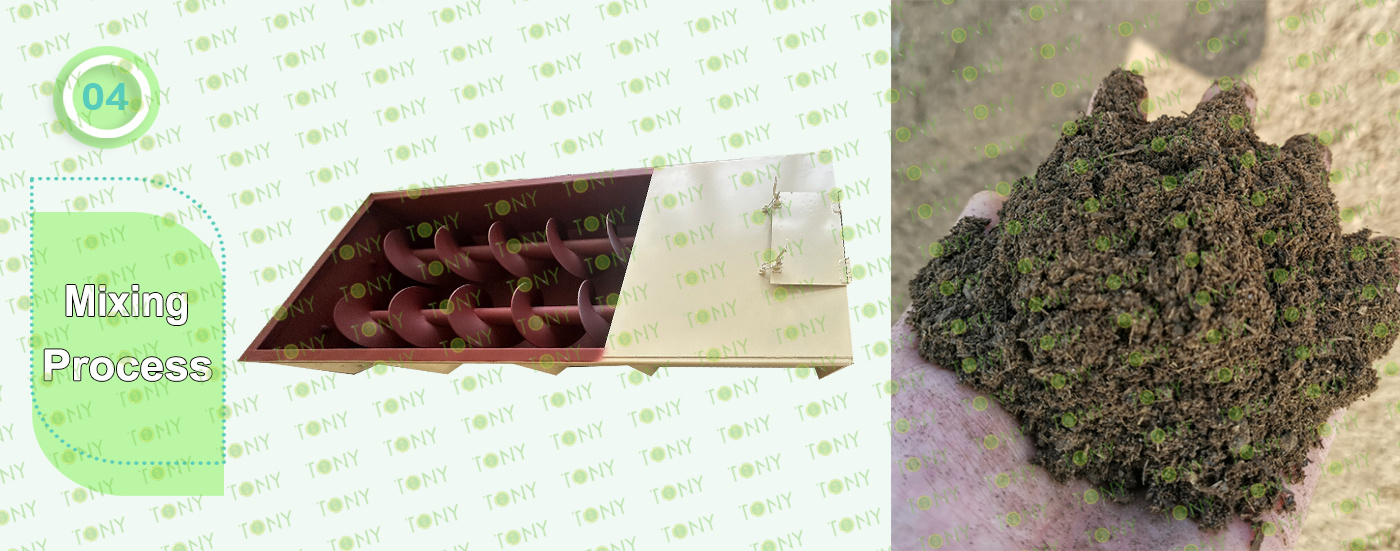
Adding nutrients: In order to enrich the nutrients of organic fertilizer, you can add appropriate amounts of trace elements, humic acid and other nutrients. Dynamic batching machine can accurately control the amount of ingredients.


This process is mainly use TONY Disc Pelleting Machine to products organic fertilizer pellets.
Disc Pelleting Machine produces pellets through continuous rotation of the disc, the overall arc structure, and the granulation rate can reach more than 93 percent


The cow dung pellets need to be dried to remove excess moisture, and then cooled using a cooler to ensure the stability and storage time of the granules.
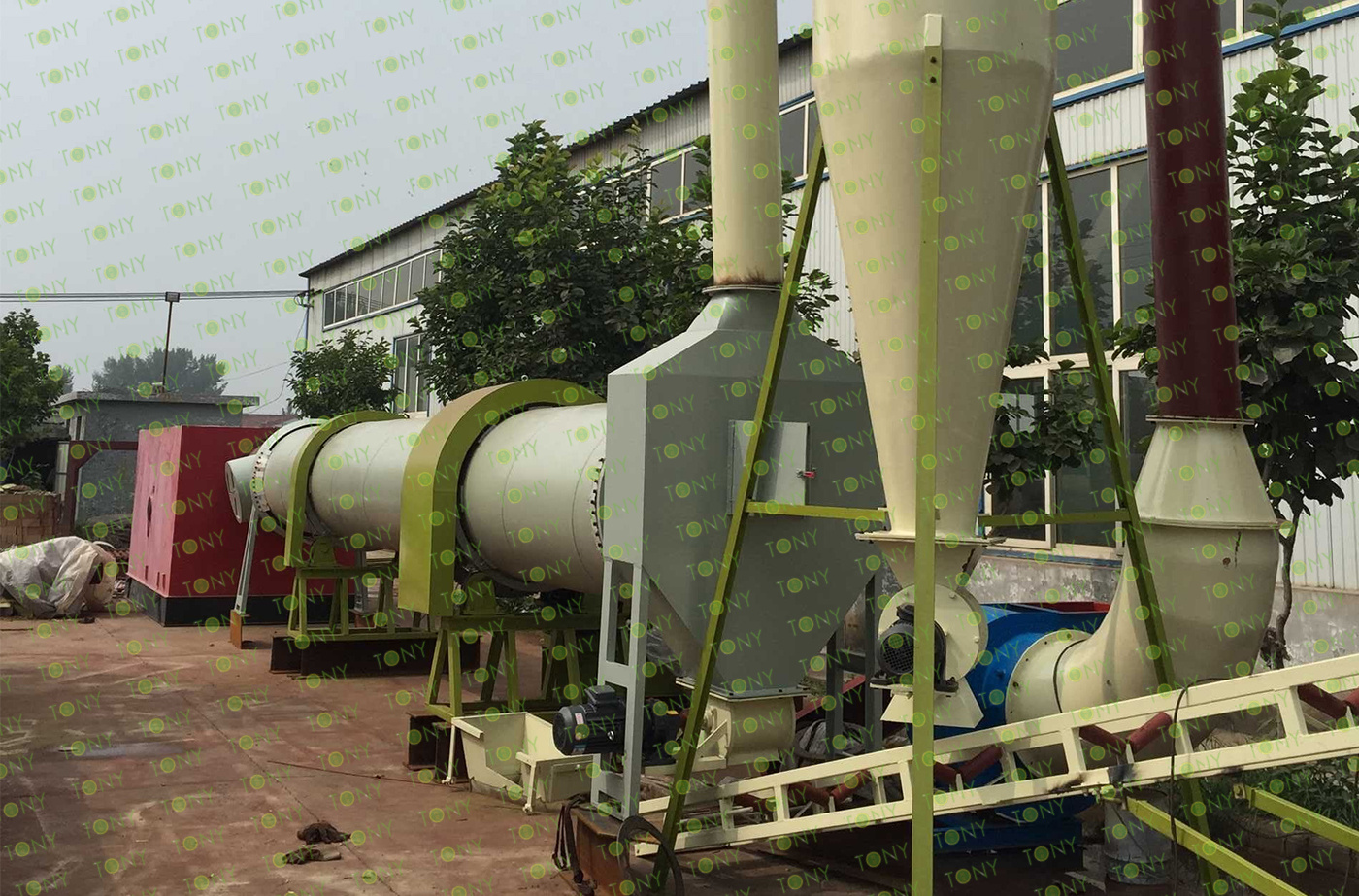


This process is mainly used to cool cow dung pellets from 80-90℃ to 20-30℃.Freshly produced cow dung pellets have a higher temperature and contain more moisture, which is not conducive to direct packaging storage and transportation. In the production line of biomass pellets, the cooling process is essential


In order to make the cow dung pellets uniform in size and sell at a higher price, the organic fertilizer particles must be screened. Organic fertilizer that does not meet the size must be returned to the crushing stage for re-granulation.

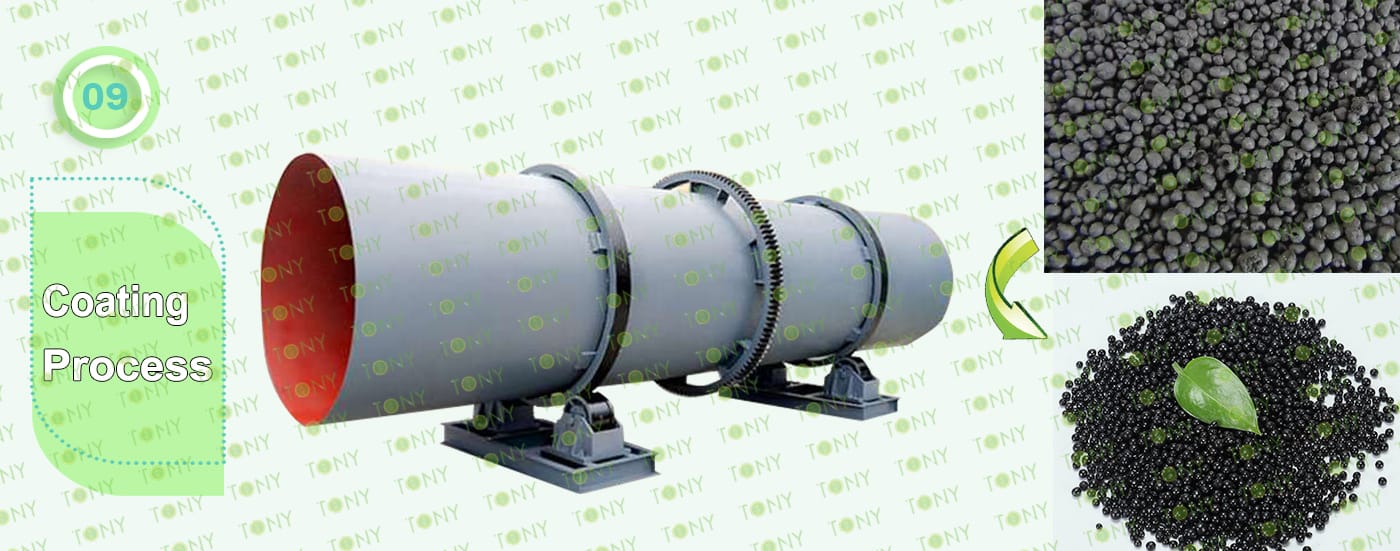
In this process, cow dung pellets are coated by TONY coater. Cow Dung pellets are added from the feed end, pass through the inside of the cylinder, and accelerate the air flow in the cylinder under the suction of the induced draft fan to complete the coating process



Our Advantages
1. Product Advantages
Organic fertilizer production equipment has a wide variety of products, complete specifications, excellent technology, fine workmanship, stable operation and durability.
2. Service Advantages
With many years of production experience, professional technicians can provide site planning and production plans according to needs, one-to-one pre-sales, in-sales and after-sales services.
3. Price Advantages
Manufacturers supply, and one unit is also at a preferential price, eliminating the middleman link and giving benefits to every customer.
4. Quality Advantages
A variety of mature organic fertilizer production processes, with quality-assured production equipment, can produce 3000-200,000 tons of powdered organic fertilizer and granular organic fertilizer per year, and the product quality is guaranteed.

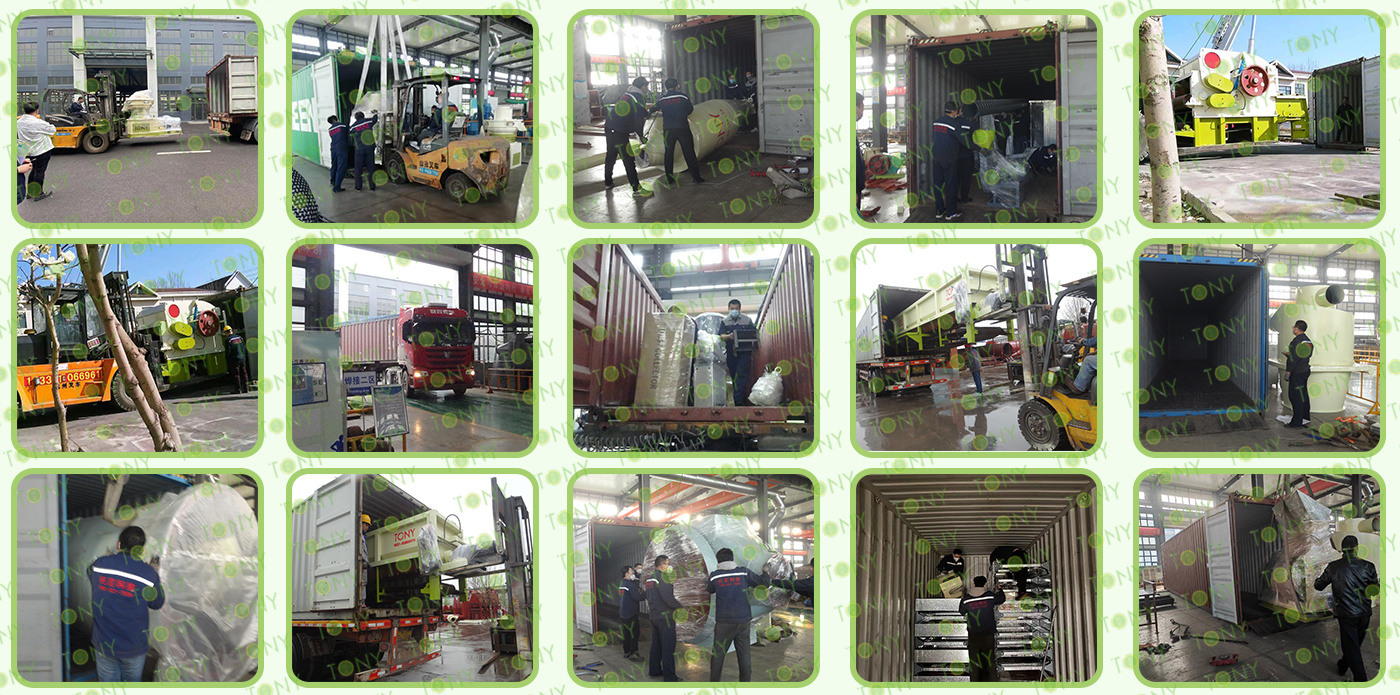

TONY Detailed Design 3D Layout With Detailed Size For 10-12Ton/Hour Cow Dung Pellet Line According To Cusomer Factor Size






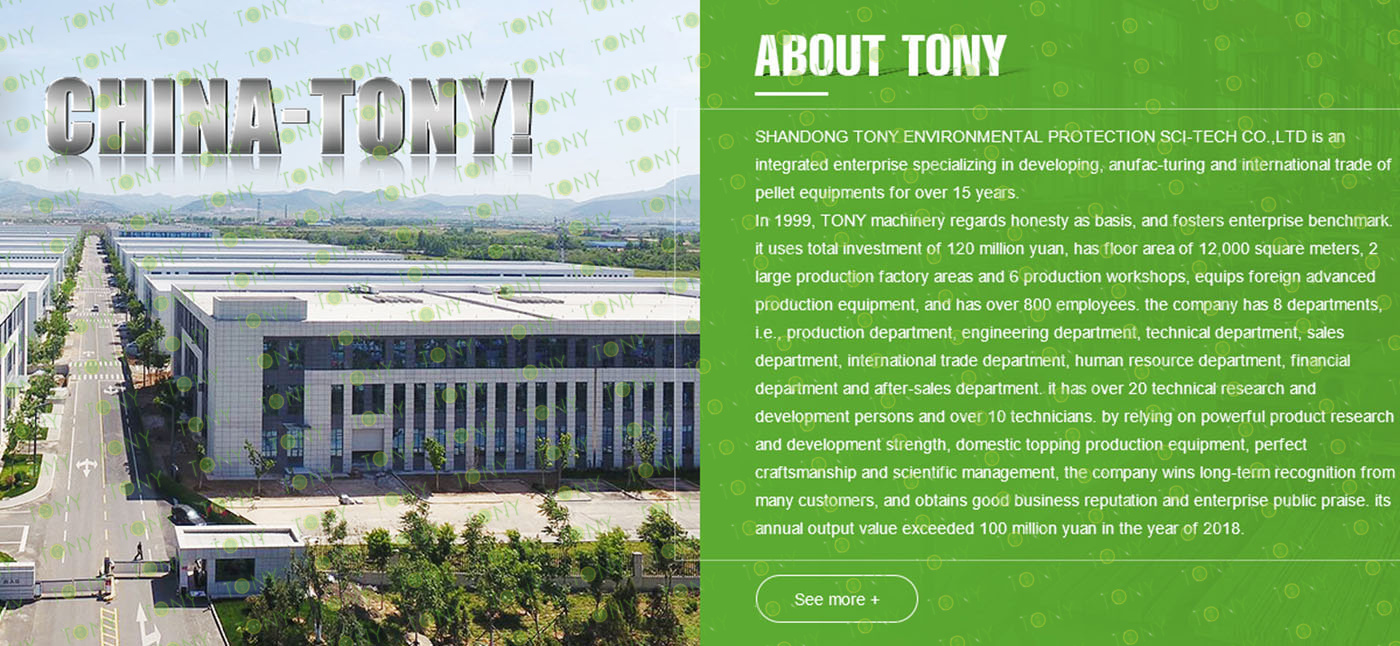
2025 Tony Machinery - All Rights Reserved. Map